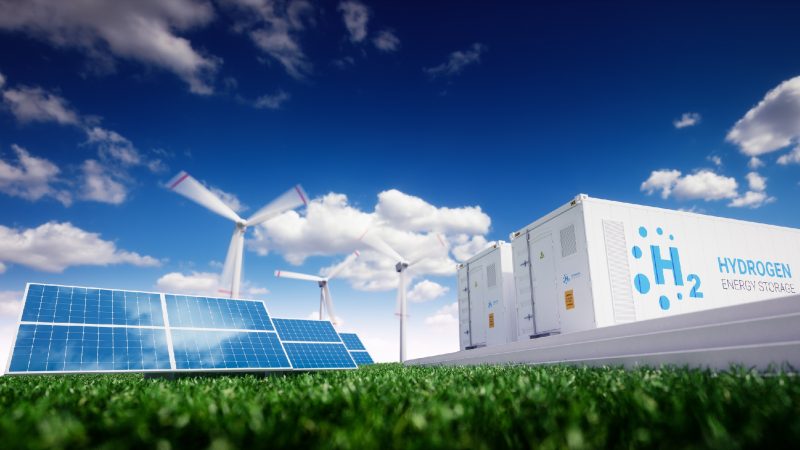During this festive moment, some of you might think of their resolutions for the coming year and as a celebration of a fresh start, Power to X appears more and more to be the kick-off of a new and concrete era of renewable power supply.
Power to X (Ptx or P2X) refers to the conversion of electricity into other substances such as hydrogen or methane, called Power-to-gas or Power-to-chemicals when the substances produced are chemicals, or Power-to-fuel when eco-friendly fuels are produced using carbon dioxide (CO2) captured from the air. The goal is to generate power based on electricity that is also produced by renewable energies.
The concept has become a keyword in almost all national and regional energy policies, although some countries have already strategically worked on the green transition decades ago. One of them is Denmark, where almost 75% of its electricity in 2021 came from renewable sources. A major project fostered by the Danish national transmission system operator for electricity and natural gas TSO Energinet includes GW scale electrolyser facilities at the North Sea coast connected to hydrogen pipelines to export green hydrogen to northern European markets by 2030. It will also enable the storage of big quantities of green hydrogen in the Danish salt caverns.
Another active European country in PtX is Germany, with the Kopernikus project. Some of its key matters are to find an alternative to iridium, which is a precious metal highly used in hydrogen electrolysers, to develop operations of hydrogen filling stations making hydrogen “a fuel for road transport”, and to find convenient technologies to bond hydrogen to liquid organic hydrogen for easier and cheaper transport. Other projects like CO2RRECT focuses on chemicals, whereas bioCONNECT exclusively targets methane as a product of the PtX reactions.
As for China and despite being the world’s biggest emitter of CO2, and has indeed the biggest energy demand ahead of the United States and the European Union, the China Energy Transformation Outlook 2021 was published to explore the Chinese potential to lower its carbon emissions, reach neutrality and develop solutions like PtX. The two provinces Qinghai and Guangdong were selected to serve as potential PtX bases. However, demographics play a key role in China as requirements are different for each region.
In the US the PtX market is developing and attracting new investments such as those of Ørsted which will commission a project on biogenic carbon required for the e-methanol production through carbon capture in the second half of 2025. VivoPower, an international critical power services company, launched in 2021 the “Caret’s projects” which should generate more than “1.3 TWh of zero carbon electricity annually”, saving one million tonnes of carbon emissions each year.
Africa is not excluded from the change, since South Africa is on the run to become a PtX hub in Africa. Morocco has also created a National Commission for Power-to-X under the aegis of the Ministry of Energy, Mines and Environment following the study done by the Fraunhofer Institute on opportunities of PtX in Morocco published in 2019. Many other countries such as Kenya and Tunisia are paving the way to the development of PtX technologies.
All in all, Power to X is at the moment a promising solution to decarbonize hard-to-abate sectors and transport needs. Despite the little evidence that aerospace, shipment and steel production will be able to abandon fossil oil and gas in the coming decades, it is an exciting time for researchers, graduate students and businesses to invest their own energy and money in this journey towards a zero carbon world.
Cover image: PtX fuels are only really climate-friendly if the electricity for the electrolysis process comes from renewable energy sources [Shutterstock | petrmalinak]

